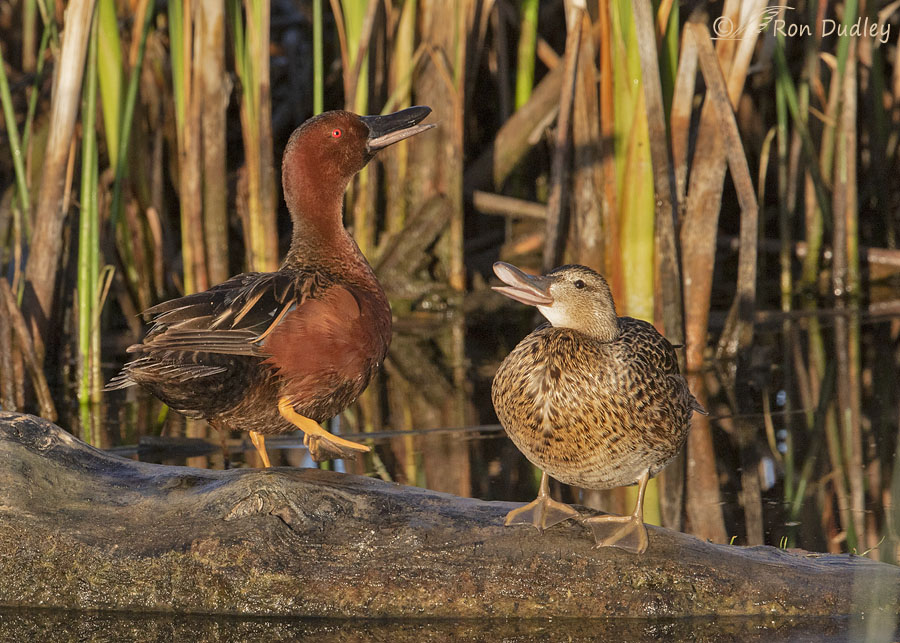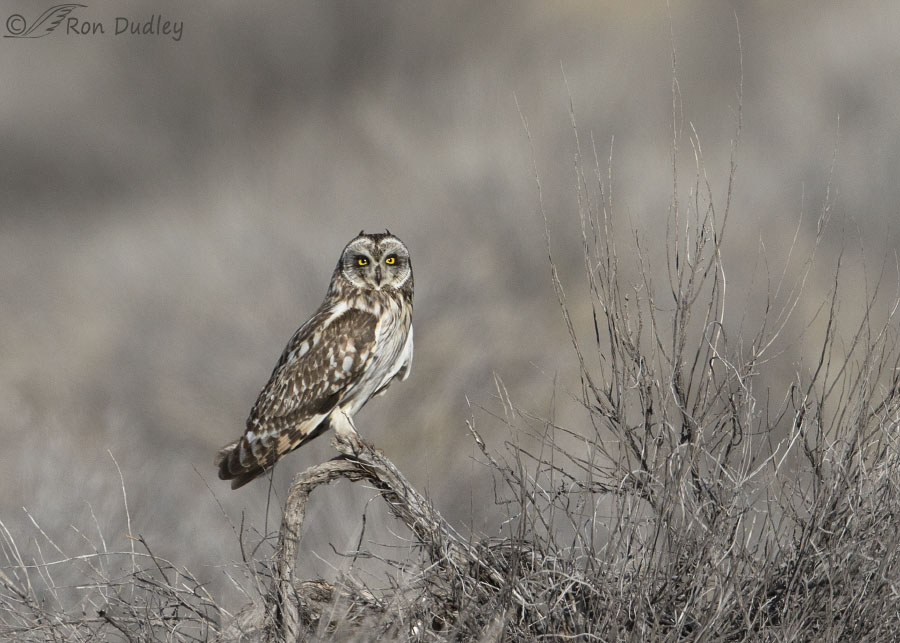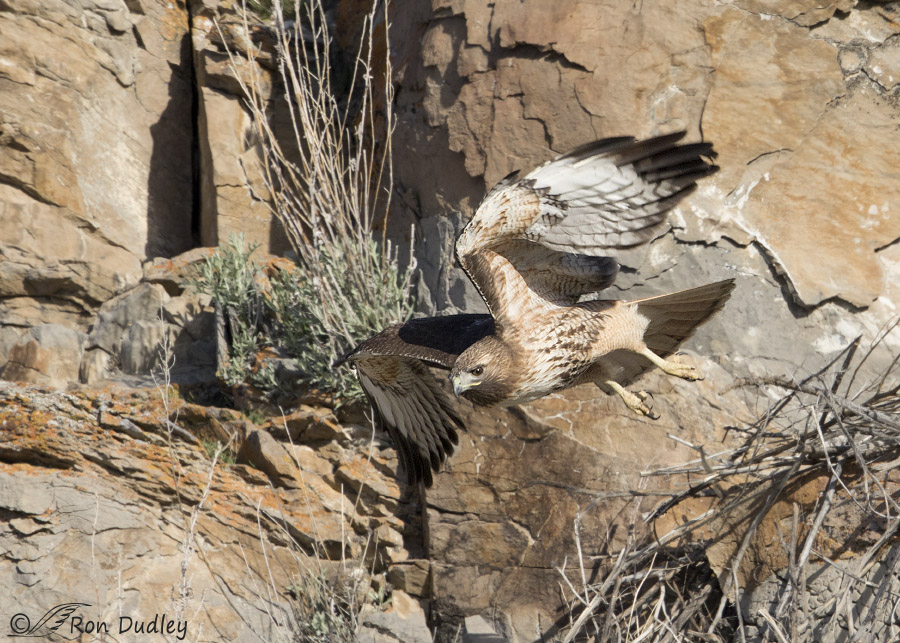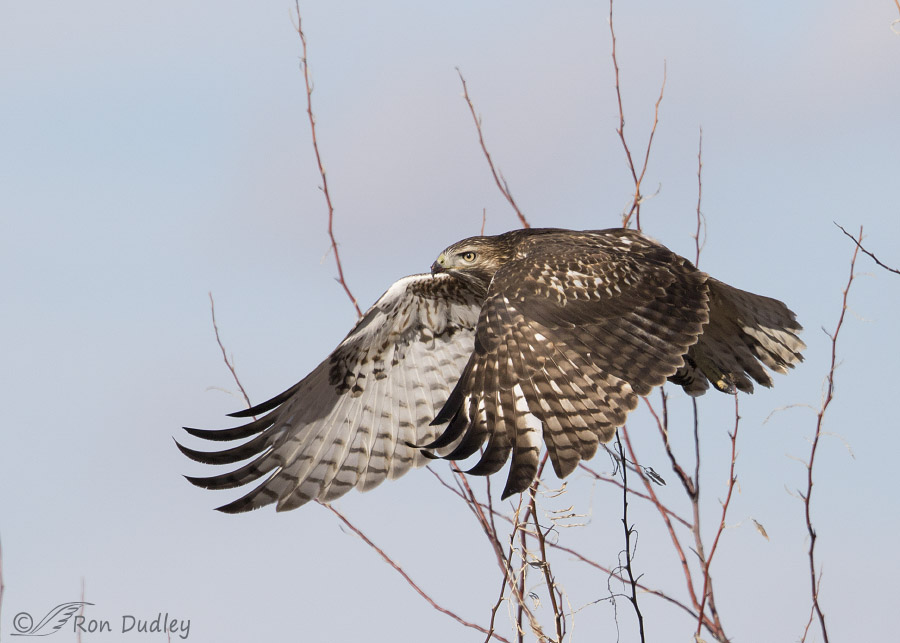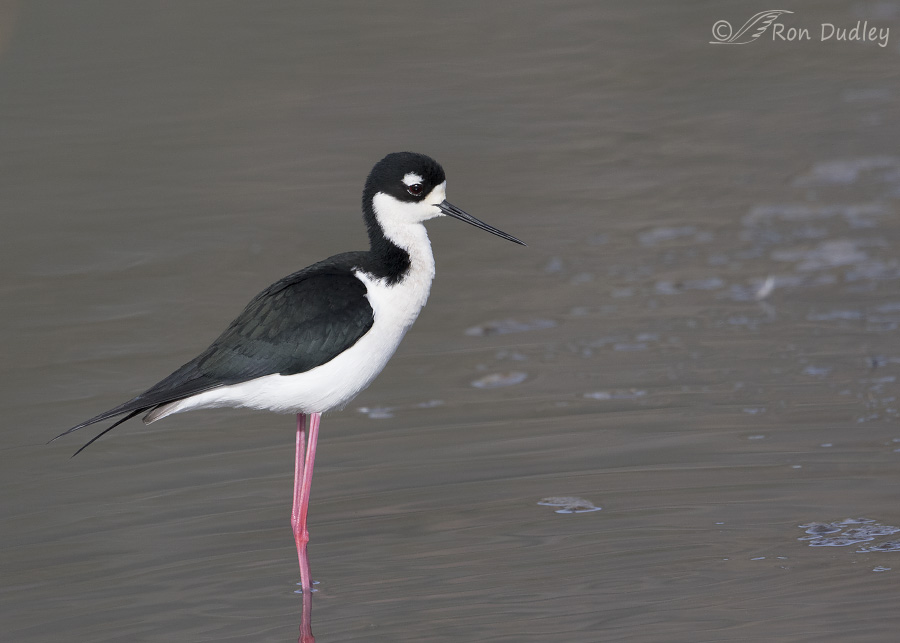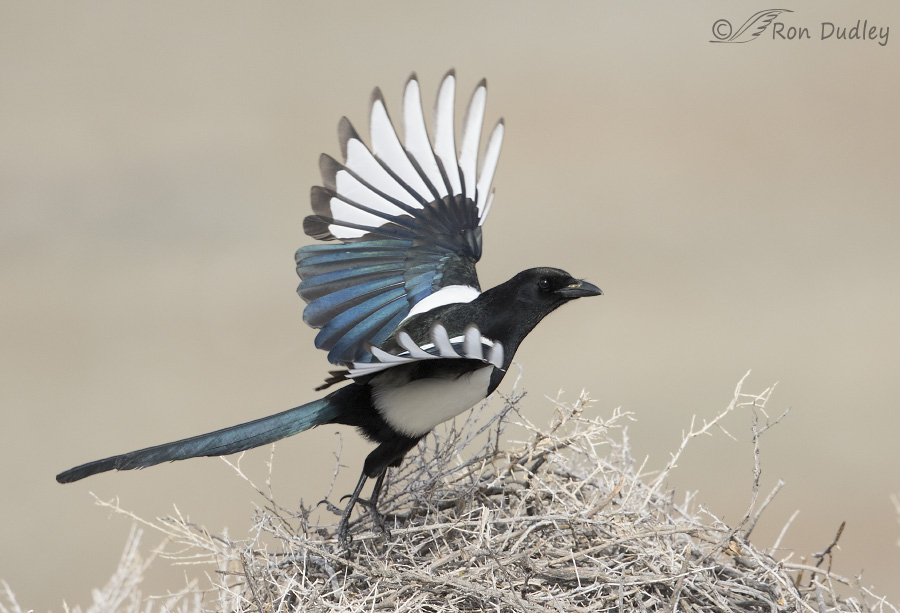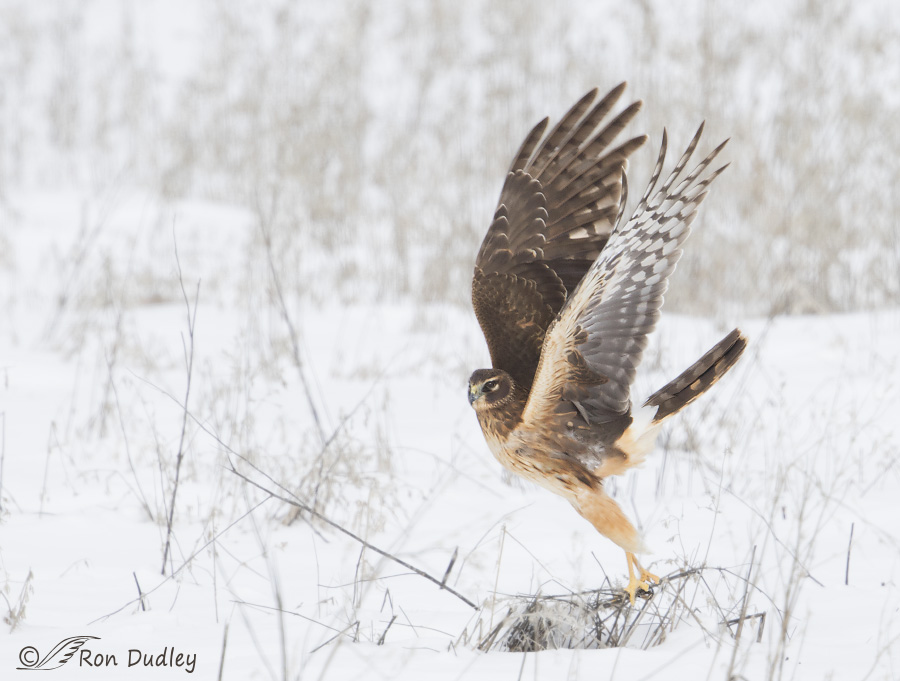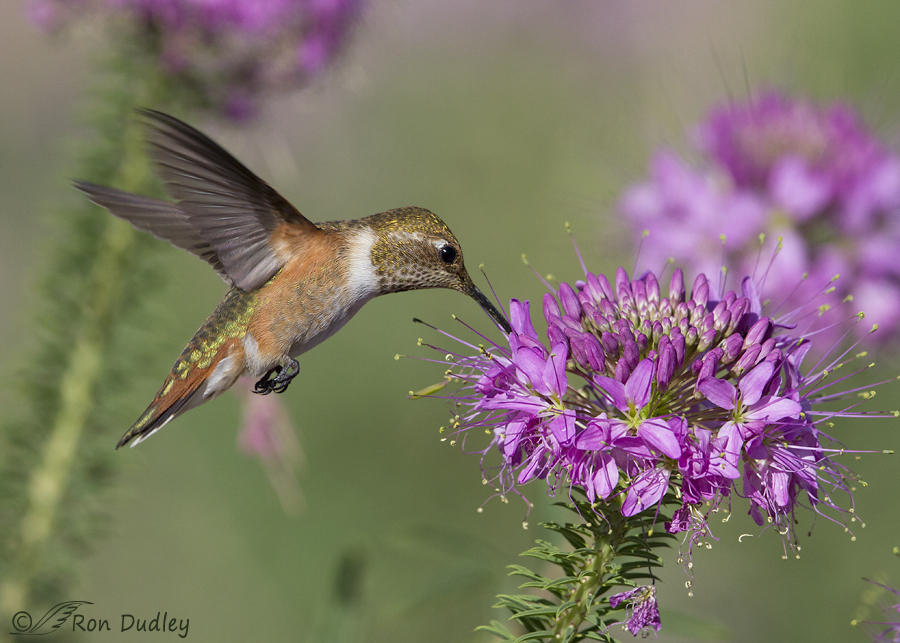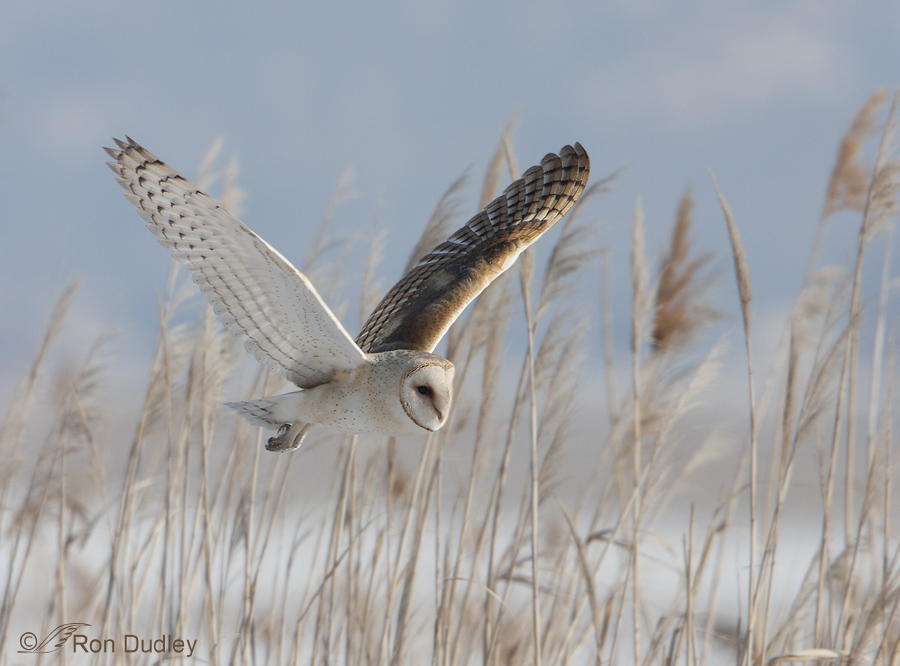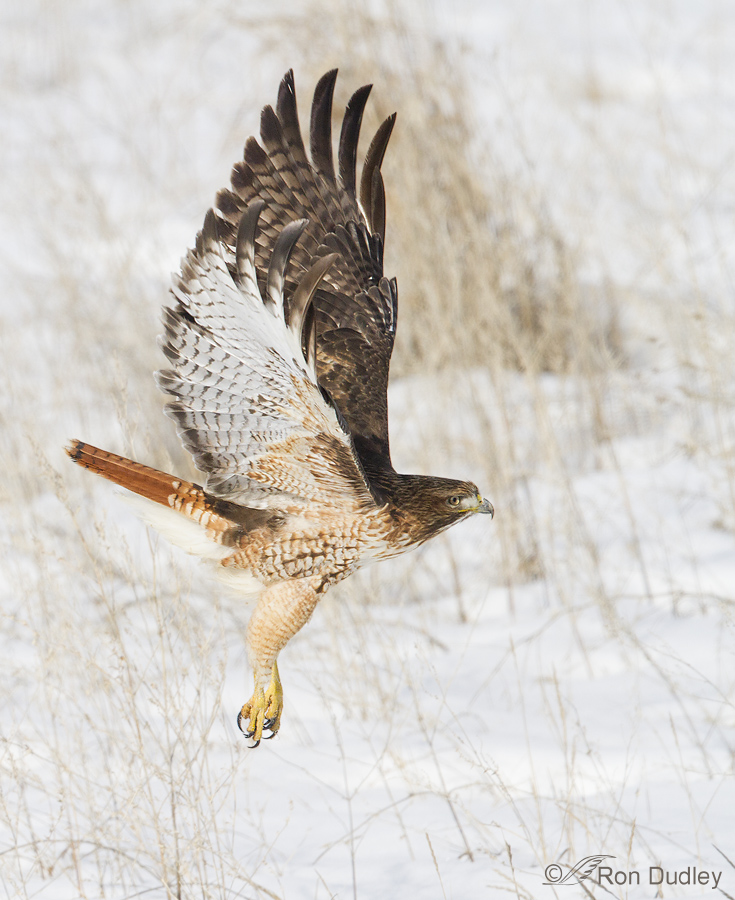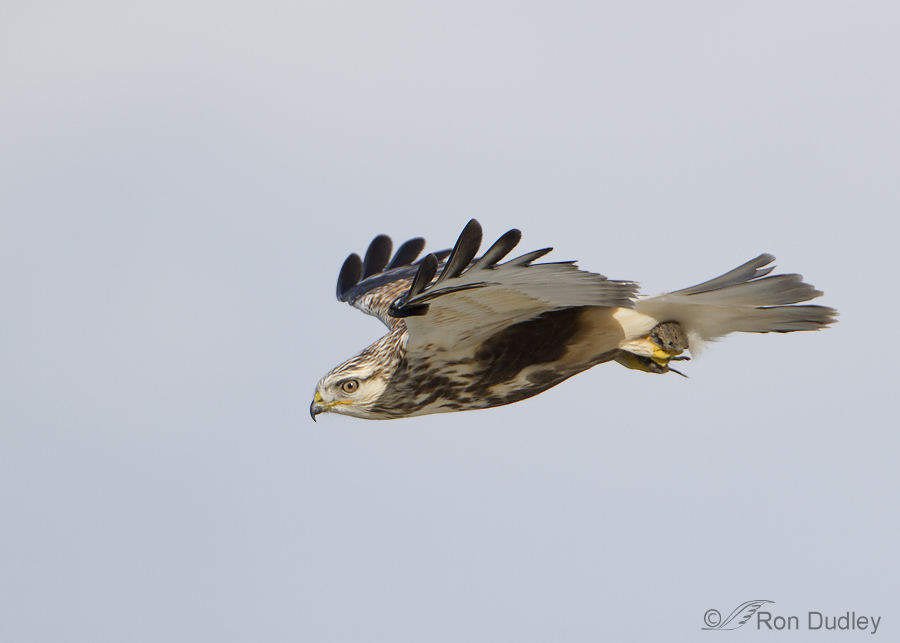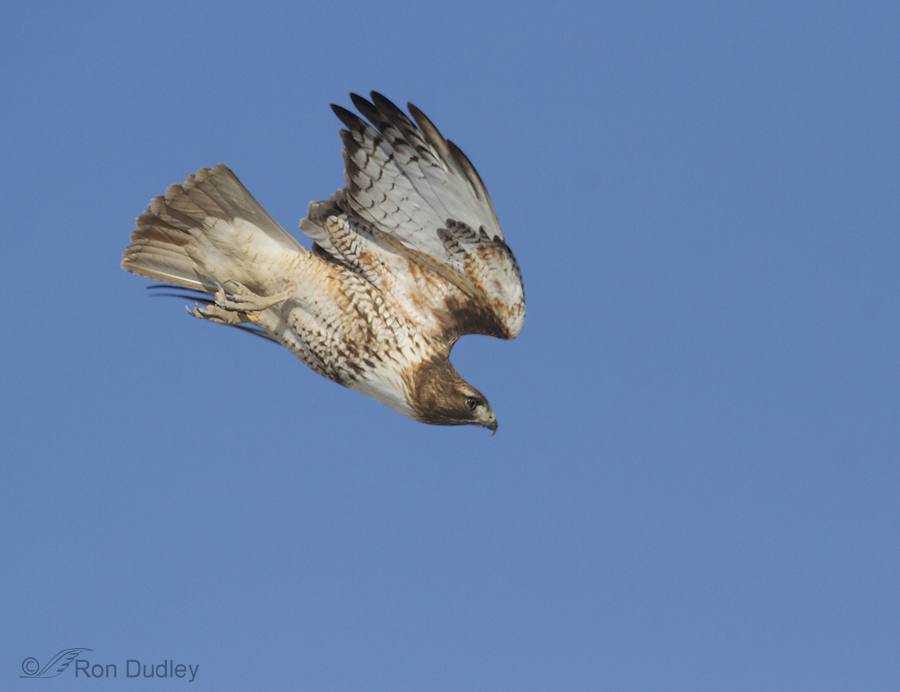Tag: processing
Monotone Short-eared Owl – But Oh Those Yellow Eyes!
Red-tailed Hawk – A Cliff Takeoff
Red-tailed Hawk Takeoff And Flight (six image series)
My First Black-necked Stilt Of The Year (and the perils of shooting vertically)
Magpie Takeoff (and one of the hazards of sharpening images)
Northern Harrier Takeoff In A Snowy Setting (+ some processing tips)
The Seldom Seen Red Crown Patch Of The Western Kingbird
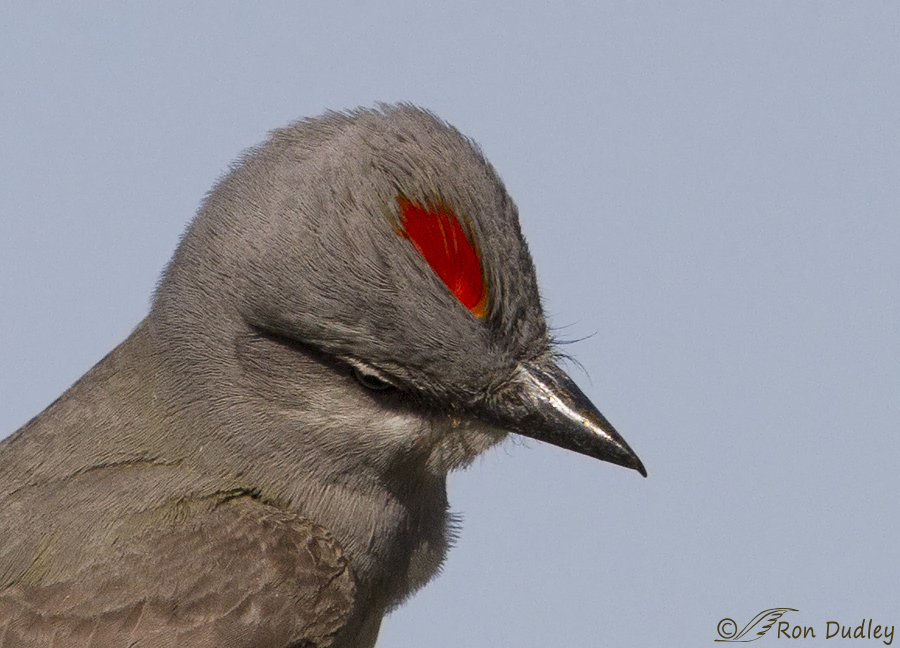
Many are surprised to learn that the Western Kingbird has a reddish-orange crown patch that bisects the top center of its head. The patch is usually kept concealed but occasionally they will quickly flash the patch at unpredictable moments, especially when other birds invade their territory. I’ve featured the crown patch on my blog previously but earlier this summer I had my best look at it so I thought I’d revisit the subject this morning.
Hummingbirds And The Way I Prefer To Photograph Them
Barn Owl In Flight – An Image That Deserved A Second Chance
Red-tailed Hawk In Bright But Diffuse Light – How To Process?
Rough-legged Hawks In Contrasting Styles
Red-tailed Hawk In A Steep Dive (and a point about rotation)
Why The Cloning Tool Can Be Such A Temptress
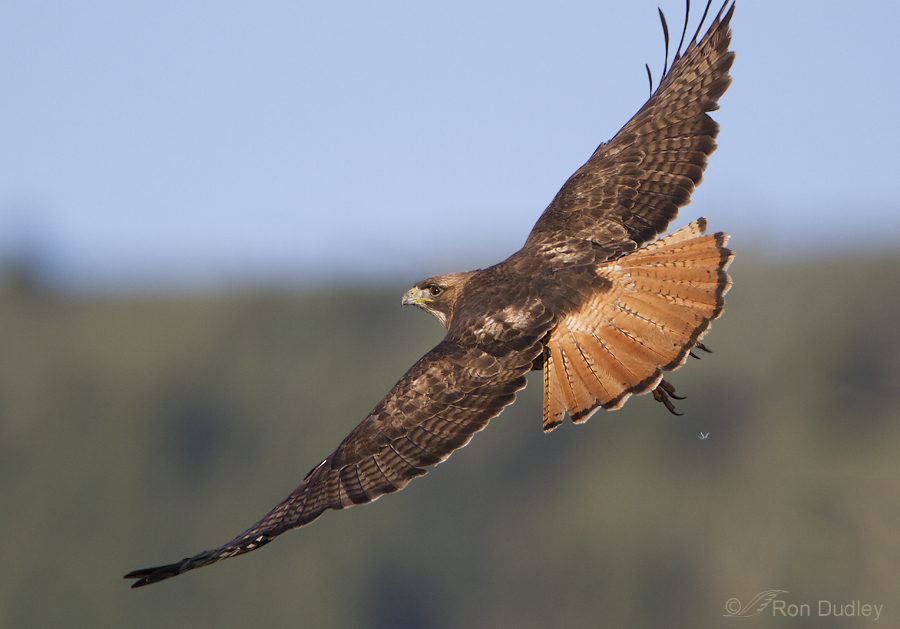
This Red-tailed Hawk image from last week in Montana is an example of what I’m nearly always hoping to get when I’m on a perched raptor while it’s facing away from me and about to take off. 99+% of the time all you’ll get is a butt shot but if you’re extremely (and I do mean extremely) lucky you’ll get a nice look back from the bird as it banks, a widely flared and beautiful tail, good light on the entire dorsal surface, light in the eye and maybe even something interesting in the background other than featureless sky. And this time there was the bonus of a small falling feather below the left foot (something I like but others may find distracting).
American Kestrel Seeking Shelter From The Wind
I found this Male American Kestrel perched about a foot off the ground at the base of a large tree as it tried to escape the effects of a howling wind. It was mostly in deep shade but because the wind kept moving all the overhead branches, dappled light would occasionally fall on the bird. I thought the lighting and setting made for a few interesting images. I’ve posted one other shot of this bird in a different pose in the past. 1/500, f/8, ISO 400, 500 f/4, 1.4 tc, natural light, not baited, set up or called in My intent this morning was to post a single image of this bird but looking at the unprocessed versions I couldn’t make up my mind which of these two shots to use. So I processed them both but still couldn’t make a choice so I’m posting each of them. They’re processed minimally. I sharpening the bird and part of the perch in each photo but made no further adjustments, including exposure, saturation or contrast. 1/640, f/7.1, ISO 400, 500 f/4, 1.4 tc, natural light, not baited, set up or called in I took this image only two clicks and seconds later than the previous shot but the slight change in body angle and head turn made subtle yet significant differences in light and richness of color. I adjusted my f/stop from 8 to 7.1 to give myself a little more shutter speed since I didn’t need quite as much depth of field to get the tail relatively sharp with it at this…


